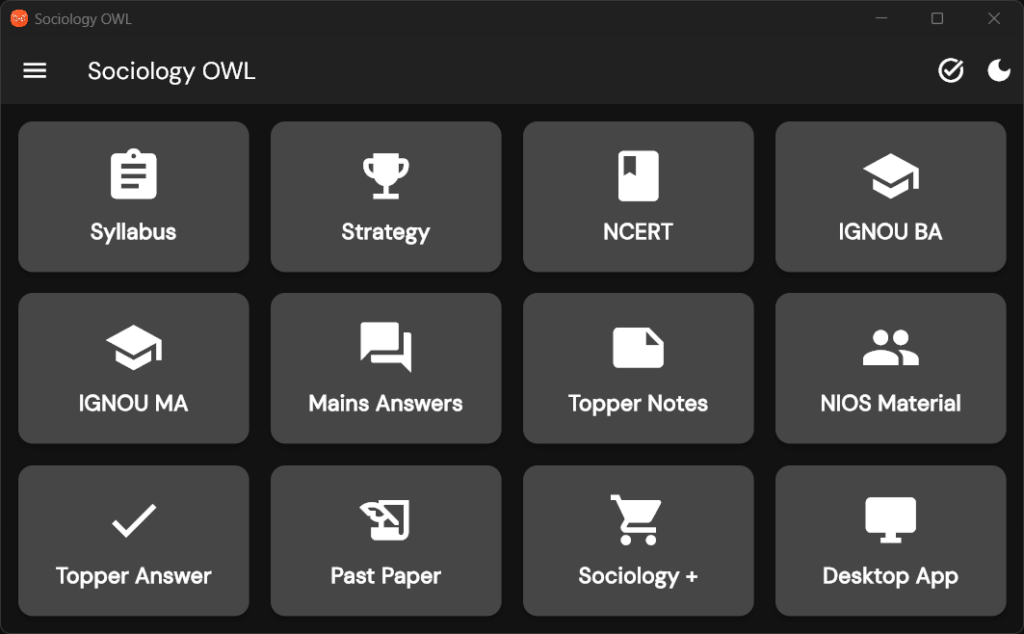Model Answers
Q: Elucidate the challenges of integration for tribal communities in india.
Question asked in UPSC Sociology 2022 Paper 2. Download our app for last 20 year question with model answers.
Model Answer:
Integration of Tribal Communities
Tribal communities in India, also known as Adivasis, constitute around 8.6% of the total population. They are predominantly found in the central, eastern, and northeastern parts of the country. Despite their rich cultural heritage and unique social structures, tribal communities face numerous challenges in integrating with mainstream Indian society.
Challenges of integration for tribal communities in India:
1. Cultural erosion:
• Modernization and integration efforts often lead to the loss of traditional customs, languages, and practices.
• Verrier Elwin argued for preserving tribal culture while facilitating gradual integration.
2. Land alienation and displacement:
• Development projects and resource extraction have led to widespread displacement of tribal populations.
• Loss of ancestral lands disrupts traditional livelihoods and social structures.
• Walter Fernandes estimates over 60 million people have been displaced by development projects since independence, with tribals disproportionately affected.
3. Economic marginalization:
• Tribal communities often lack access to education, healthcare, and economic opportunities.
• The shift from traditional subsistence economies to market-based systems leaves many tribals ill-equipped to compete.
• Poverty rates among Scheduled Tribes remain significantly higher than the national average.
4. Political underrepresentation:
• Despite constitutional provisions, tribal communities often lack effective political voice.
• Local self-governance institutions like Panchayats have not always empowered tribal communities as intended.
5. Social discrimination:
• Tribal communities face stigma and discrimination in mainstream society.
• Cultural differences and stereotypes contribute to social exclusion.
6. Education and language barriers:
• Low literacy rates and lack of education in tribal languages hinder integration.
• G.S. Ghurye emphasized education as key to tribal integration, but implementation remains challenging.
7. Health and nutrition:
• Tribal populations face higher rates of malnutrition and limited access to healthcare.
• Traditional healing practices are often disregarded in mainstream healthcare systems.
8. Environmental degradation:
• Loss of forests and natural resources threatens traditional tribal ways of life.
• Climate change disproportionately affects tribal communities dependent on natural resources.
Addressing these challenges requires a balanced approach that respects tribal autonomy and cultural rights while providing opportunities for development and integration. Policies must be tailored to specific tribal contexts, with active participation from tribal communities in decision-making processes. The goal should be integration that empowers tribal communities rather than assimilating them at the cost of their unique identities and traditions.
More Questions:
Download our app for UPSC Sociology Optional - Syllabus, NCERT Books, IGNOU Books, Past Paper with Model Answers, Topper Notes & Answer Sheet.


